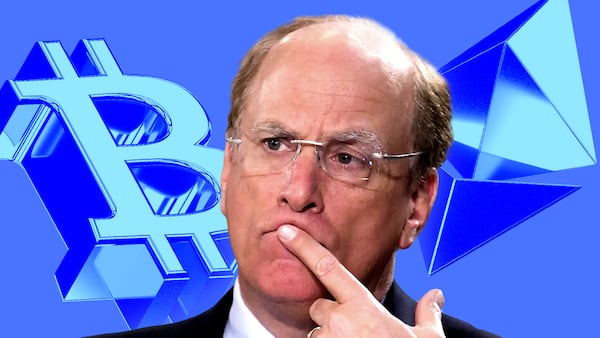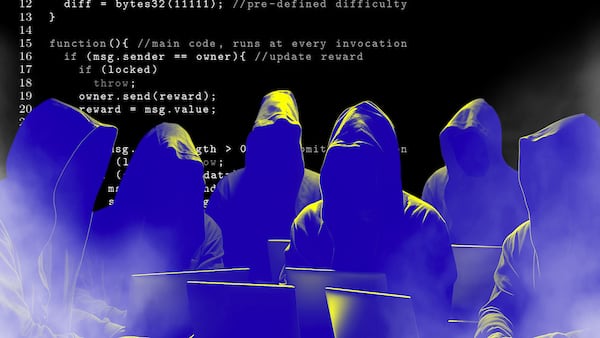- Bitcoin rebounds 10% after bouncing from a low near $52,000.
- Institutional momentum grows, as ETFs inflows near $18 billion.
- Concerns over strict crypto regulation ease after Harris comments.
Despite September’s reputation as Bitcoin’s worst month, the cryptocurrency has recovered from near $52,000 to trade above $63,000.
Bernstein analysts have pointed to several key factors driving its rebound.
The Fed
The Federal Reserve’s 50 basis point rate cut last week has sparked renewed interest in risk assets, with Bitcoin benefiting from expectations of looser monetary policy and a weakening US dollar.
MicroStrategy
Institutional momentum has also driven Bitcoin’s rally.
MicroStrategy’s aggressive accumulation of Bitcoin — now holding 252,220 in Bitcoin — is further strengthening market confidence.
ETF inflows
Bitcoin exchange-traded funds have seen $800 million in inflows over the past 10 days. The flows bucked a recent lull after the ETFs’ launch in February sparked a record pile-in of nearly $18 billion.
The recent approval of options trading on BlackRock’s iShares Bitcoin Trust by the SEC has also fuelled renewed interest. This opens up another avenue that could soon drive even more inflows into Bitcoin ETFs.
Gold comparison
As US fiscal debt surges to almost $35 trillion, Bitcoin is being viewed as a non-sovereign alternative to traditional assets, much like gold, Bernstein says.
Gold prices reached a new all-time high of over $2,620 per ounce today.
Fears subside
Bernstein analysts also note that earlier market fears have largely faded.
Concerns over the German government’s $3 billion Bitcoin sale and the long-anticipated Mt. Gox bankruptcy distributions have eased.
Moreover, anxieties surrounding Vice President Kamala Harris’ potential for strict crypto regulation have softened, as her recent comments signal a more measured approach, focusing on consumer protections while still supporting innovation.




